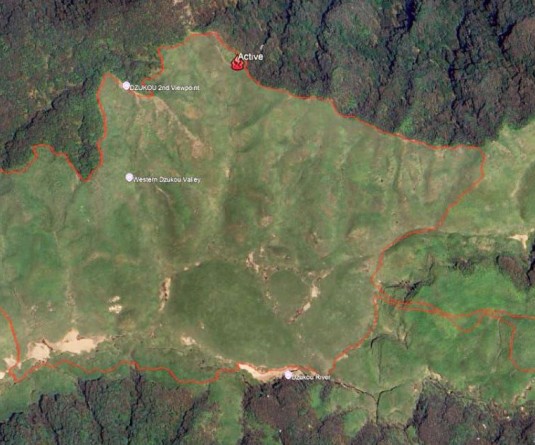
Our Correspondent
Kohima | July 15
The literacy rate in Nagaland as per 2011 Census stands at 80.11%, which is higher than the National average of 70.04%. There is a marked improvement from 66.59% in 2001, and 61.65% in 1991. In 2011, the total literate population rose from 1, 132, 323 in 2001 to 1,357, 579 in 2011, according to Census of India 2011, Provisional Population Totals Paper 2, Volume II of 2011- Rural and Urban Distribution, Nagaland Series 14 which was released here last week by the State’s Directorate of Census Operations.
Among the male literates, the number grew to 731, 796 in 2011 from 640, 201 in 2001, i.e., from 71.16% to 83.29%. Female literacy rates also saw an improvement from 492, 122 in 2001 to 625, 783 in 2011, i.e., from 61.46% to 76.69%. With the increase in literacy rates, the ranking of the state in literacy has gone up from 20th in 2001 to 15th in 2011 in the country.
The literacy rate of total urban population is 90.21%, with urban male and urban female literacy rate of 92.11% and 88.10% respectively. The literacy rate of total urban population in percentages is 75.86 % and male and female literacy rates are 79.49% and 72.01% respectively.
Among the districts, Mokokchung, Zunheboto and Wokha have the highest literacy rates of 92.68%, 86.26% and 87.60% respectively. Out of this, male literacy rate is 93.55% and female literacy rate is 91.74% for Mokokchung district. In Zunheboto district, the literacy rate are 88.86% and 83.61% respectively for male and female and in Wokha district the literacy rate for male and female stand at 90.53% and 84.58% respectively.
In 2001, the levels of literacy in all the districts were below 80% except in Mokokchung (83.92%) and Wokha (80.55%). In 2011, a huge increase saw in the levels of literacy in almost all the districts, especially in the districts of Longleng, Tuensang, Kiphire, Zunheboto and Mon, the percentage increase ranging from 14.77% to 28.28%.
Districts with the lowest literacy rates in 2011 are Mon with 56.60%, Kiphire with 71.10% and Longleng with 73.70%. Mon district remains the lowest in literacy rates both rural and urban areas. However, in terms of decadal increase in literacy rates, the district stands 5th among the 11 districts. The decadal increase in literacy rates of 14.77% in Mon district is higher than the increase in the state at 13.52% and the national average at 9.2%. The decadal increase in total literacy rate is higher in females than in males, at 13.81% and 16.04% respectively.
Mokokchung continues to rank highest in terms of literacy rates in the state with 92.68% showing an increase of 8.76% from 2001 (83.92%). In the rural areas, the increase in literacy rates is 9.46% while in the urban areas the increase is by 1.39%.
In Mon district, the levels of literacy saw an increase, from 41.83% in 2001 to 56.60% to 2011, but it continues to rank lowest among the districts. Both the rural and urban literacy levels in Mon are the lowest among the 11 districts of the state.
In urban areas, Wokha has shown a remarkable growth rate in literacy levels, from 91.41% to 96. 47%, making it the district with the highest literacy rate in urban areas. All the districts have shown a literacy rate of 70% and above, except for Mon (56.60%) which is way below National figure of 74.04% and state figure of 80.11%.
An interesting observation is that in all the districts, except in Longleng, Kiphire and Tuensang districts, the decadal growth rate of total female literacy is higher than that of the males. There has been a positive growth in literacy levels in all the rural and urban areas in the state, except in Phek urban where there is a total decrease of -0.63% and a decrease of -2.43% among males.





